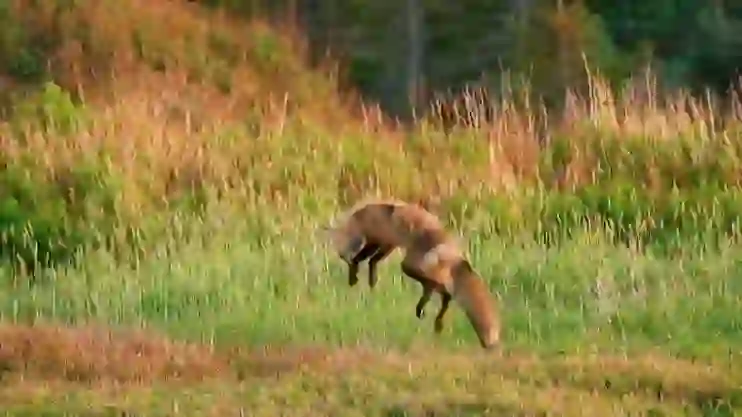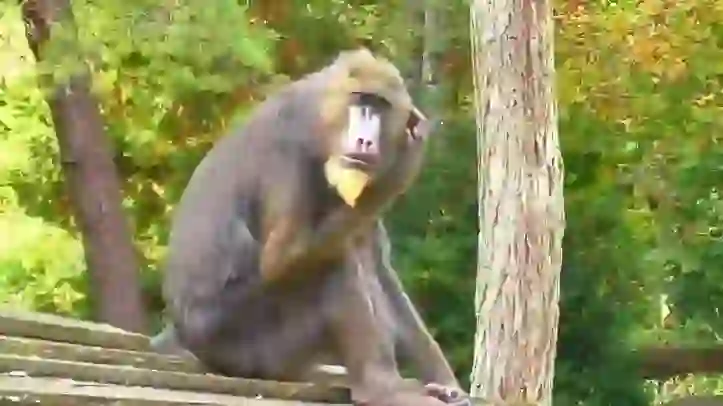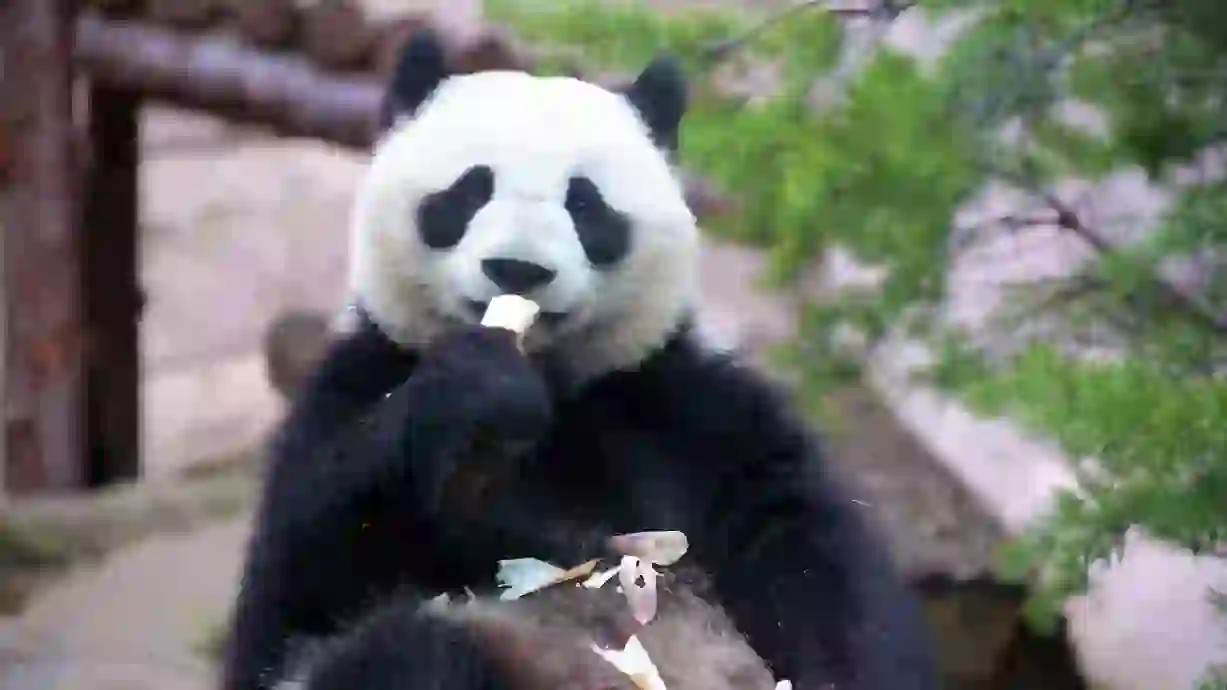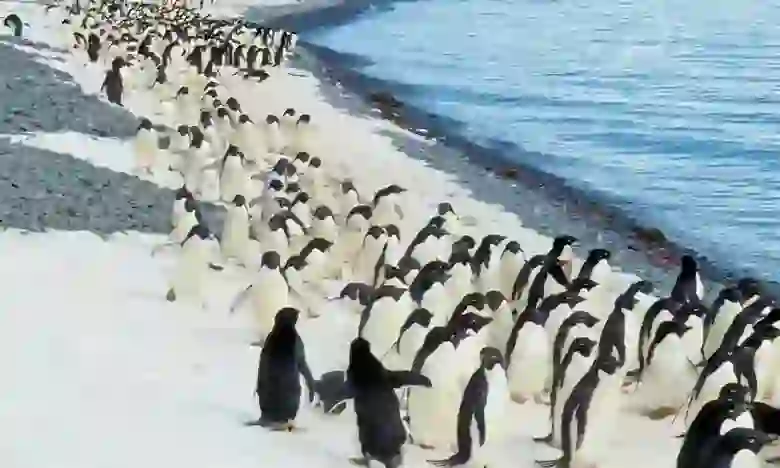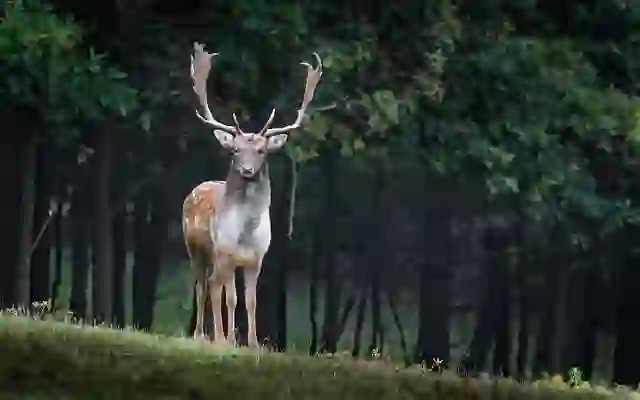
Himalayan Griffon Vulture
Himalayan Griffon Vulture
Himalayan Griffon Vulture
Soaring gracefully amidst the majestic peaks of the Himalayas, the Himalayan griffon vulture thrives in this high-altitude environment. They are one of the largest vulture species and hold a sacred place in Tibetan culture. Let's explore the fascinating world of the Himalayan griffon vulture, their unique adaptations to the challenging high-altitude environment, and the threats they face.
Himalayan Griffon Vulture Basic Infomation
_(2926948182).webp?alt=media)
| Property | Value |
|---|---|
| Scientific Name | Gyps himalayensis |
| Taxonomic Status | SPECIES |
| Rank | SPECIES |
| Vernacular Names | Himalayan Griffon Vulture, Himalayan Vulture |
| Kingdom | Animalia |
| Phylum | Chordata |
| Class | Aves |
| Order | Accipitriformes |
| Family | Accipitridae |
| Genus | Gyps |
| Habitats | Himalayas, Central Asia |
| Conservation Status | Near Threatened (NT) |
_(2926948182).webp?alt=media)
Size
They are about 43 to 51 inches (110 to 130 centimeters) in length, with an impressive wingspan of 8.5 to 11.8 feet (2.6 to 3.1 meters)! They weigh about 17.6 to 26.5 pounds (8 to 12 kilograms). Females are larger than males.
_(2926948182).webp?alt=media)
Lifespan
Their lifespan in the wild is estimated to be about 30 years.
_(2926948182).webp?alt=media)
Distribution
They are found in the Himalayas, Central Asia, and the Tibetan Plateau. They inhabit high-altitude regions, preferring cliffs and rocky outcrops at elevations between 6,560 to 16,400 feet (2,000 to 5,000 meters).
Himalayan Griffon Vulture Q&A
_(2926948182).webp?alt=media)
What kind of vulture is the Himalayan griffon vulture?
The Himalayan griffon vulture is a large bird of prey belonging to the genus Gyps.
They are among the largest vulture species, considered to be the largest vultures in the world alongside the Eurasian griffon. They primarily feed on animal carcasses. They use their sharp beaks to tear flesh from carcasses and can also crush bones. They often cooperate with other vultures while feeding. After other vultures have consumed the skin and flesh, Himalayan griffon vultures will feed on the remaining bones. They are particularly skilled at consuming bones. In English, they are called the 'Himalayan Griffon Vulture' or 'Himalayan Vulture'. 'Griffon' is a legendary creature from Greek mythology, with the head and wings of an eagle and the body of a lion. The Himalayan griffon vulture may have been named after this mythical creature due to its powerful appearance. They are often solitary but may congregate in groups of a few to several dozen individuals. They build their nests on cliffs or rocky ledges. The nests are made from branches, leaves, and other materials, and the female usually lays one egg. The egg hatches after about 53 to 58 days, and the chick fledges after about four months. Both parents participate in raising their young.
_(2926948182).webp?alt=media)
What do Himalayan griffon vultures eat?
Himalayan griffon vultures mainly feed on carrion, the carcasses of dead animals, and rarely attack live animals.
They use their sharp beaks to tear through the hide and flesh of carcasses. They can also crush bones. They prefer to feed on the carcasses of larger mammals, such as yaks, sheep, and goats, and will swoop down from the sky to feed when they spot these remains. They often cooperate with other vultures while feeding. After other vultures have consumed the skin and flesh, Himalayan griffon vultures will feed on the remaining bones. They are particularly skilled at consuming bones. They are also known to frequent human burial sites, feeding on human remains.
_(2926948182).webp?alt=media)
[Quiz!] How high can Himalayan griffon vultures fly?
Himalayan griffon vultures are known as one of the highest-flying birds in the world.
They have been spotted soaring near the summits of the Himalayas, at altitudes exceeding 26,246 feet (8,000 meters)! They have specialized respiratory systems that allow them to breathe in thin air. They also use thermals to gain altitude, soaring for hours without flapping their wings. They have excellent vision and can spot carrion from a great distance. They play a crucial role in the ecosystem as nature's cleanup crew.
_(2926948182).webp?alt=media)
[Quiz!] What role do Himalayan griffon vultures play in Tibetan Buddhism?
In Tibetan Buddhism, vultures are considered sacred birds.
They are believed to be the incarnation of 'Dakini,' a female Buddha. Dakinis symbolize wisdom and compassion in Tibetan Buddhism, and vultures are held in high regard by the Tibetan people. In Tibet, a funeral practice called 'sky burial' is performed, where human remains are offered to vultures to be consumed, allowing the soul to return to the heavens. Himalayan griffon vultures play a significant role in this sky burial ritual.
_(2926948182).webp?alt=media)
[Quiz!] Are Himalayan griffon vultures endangered?
The Himalayan griffon vulture is listed as 'Near Threatened' (NT) on the IUCN (International Union for Conservation of Nature) Red List.
This means they are at high risk of becoming endangered in the near future. Their declining numbers are mainly attributed to human activities:
・Habitat loss: Human development is encroaching on their mountainous habitat.
・Poaching: They are targeted by poachers for their feathers, talons, and beaks, which are highly valued in the illegal wildlife trade.
・Poisoning: They can be poisoned by consuming pesticides and poisoned bait.
To protect Himalayan griffon vultures, it is crucial to conserve their mountainous habitats, prevent poaching, and regulate the use of poisons. We must also raise awareness about the current situation of Himalayan griffon vultures and encourage action to protect them.

Would you like to become a part of the 'Animalbook.jp'?
Turn your knowledge into Q&A and share it with the world. ※Publication will be activated after purchase. Let's share information together!
Himalayan Griffon Vulture Type of List
_(2926948182).webp?alt=media)
Efforts to Protect Himalayan Griffon Vultures
- Establishment of protected areas
- Strengthening law enforcement against poaching
- Regulation of the use of poisons
- Public awareness campaigns
- Captive breeding and reintroduction programs
Information
Congratulations! You are the first commenter!

Create Your Favorite List!
Himalayan Griffon Vulture
Save the animals you love! Build your own list to quickly revisit your favorites later.

Would you like to leave a comment?
※Please note: This is for the purchase of rights to post comments within the article.
Find Your Favorites!
Our shop offers a unique and attractive selection of goods themed around various animals.
Himalayan Griffon Vulture References
Himalayan Griffon Vulture Introduction of media used
_(2926948182).webp?alt=media)
Jan Reurink from Netherlands, CC BY 2.0, via Wikimedia Commons

Help Enrich Our Animalbook.jp with Your Media!
We are constantly looking to expand and enrich our Animalbook.jp with amazing photos and videos of animals. If you have any media that you'd like to share, please contribute and help us showcase the beauty and diversity of the animal kingdom. Your submissions will be credited and featured in our encyclopedia, reaching a wide audience of animal lovers.



